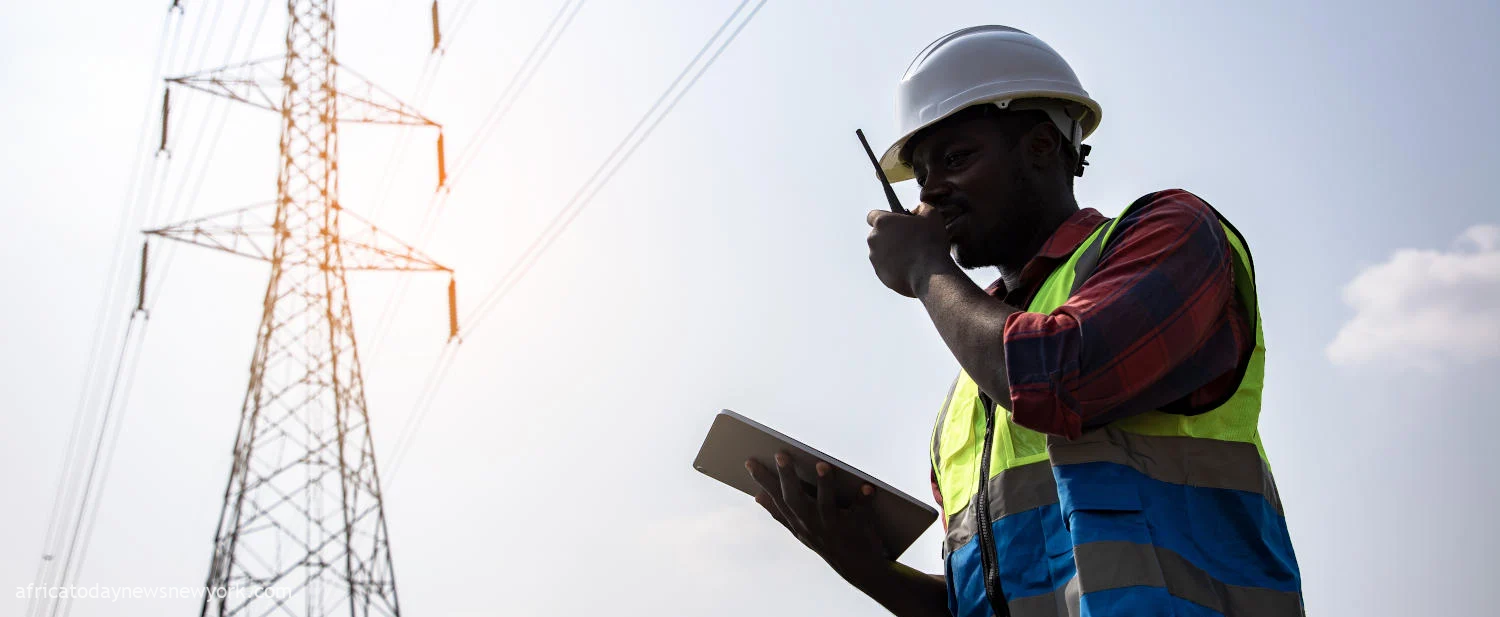Africa, a continent endowed with rich natural resources and diverse landscapes, has been facing a persistent energy crisis for decades. Access to reliable and affordable electricity remains a significant challenge for many African countries, hampering economic growth, limiting educational opportunities, and impeding advancements in healthcare.
However, a recent groundbreaking scientific discovery could potentially transform this narrative. Some researchers at the University of Massachusetts have recently achieved the remarkable feat of generating electricity out of thin air, offering a glimmer of hope for Africa’s energy future.
In a study published in the scientific journal, Advanced Materials, a team of researchers uncovered a method of generating electricity by harvesting moisture from the air. This revolutionary technology, termed the “generic Air-gen effect” utilizes air moisture and any material with nanopores less than 100 nanometers in diameter. The material is able to convert the mechanical energy of tiny water droplets in air into electrical energy.
The concept behind this is based on the principle of triboelectric effect, which involves the transfer of electric charges between two materials when they come into contact and then separate. In this case, the triboelectric nanogenerator (TENG) device is the water droplets in air, serving as one material, while the TENG material functions as the other. As water droplets come into contact with the material, they create an electrical charge that can be harnessed and converted into 24/7 usable electricity.
Read Also: Antimicrobial Resistance— Africa Needs Wastewater Surveillance
Off-grid energy solution is one of the most significant advantages of atmospheric electricity generation. In many rural areas of Africa, connecting remote communities to the centralized power grid is almost impractical and financially burdensome. Atmospheric electricity generation offers a decentralized and sustainable energy source that can be deployed in off-grid locations, powering essential services such as lighting, communication devices, and small appliances.
In addition to this, it may also mitigate water scarcity. Africa, like many other regions, faces the challenges of water scarcity. However, atmospheric electricity generation technology can help mitigate this issue. As the system captures moisture from the air, it simultaneously contributes to the collection of water, potentially benefiting communities facing water shortages. This dual benefit of electricity and water generation makes atmospheric electricity an attractive solution for resource-strapped areas in Africa.
No doubt, atmospheric electricity generation is a much-needed technology in Africa considering the fact that the International Energy Agency (IEA) records that over 580 million people in sub-Saharan Africa lack access to electricity. Unfortunately, this number represents 57% of the region’s population and the situation has hampered development in various sectors. In fact, the African Development Bank reports that inadequate electricity infrastructure costs African countries an estimated 2-4% of their GDP annually. Not only will access to reliable electricity promote entrepreneurship, but it will also attract foreign investment.
Furthermore, Africa being highly vulnerable to the impacts of climate change, needs the climate change resilience that this technology can afford. With extreme weather events becoming more frequent, we need to embrace sustainable energy solutions like generic Air-gen electricity generation. With this technology, African nations can reduce their dependence on fossil fuels and mitigate greenhouse gas emissions, contributing to a greener and more resilient future.
While we thank the researchers at the University of Massachusetts, USA, for this remarkable breakthrough, it holds immense promise for Africa’s energy landscape. By leveraging this revolutionary technology, African countries can address their energy challenges, expand access to electricity, and drive socio-economic development. To fully realize the potential of this technology, we need to support its development and implementation across the continent.
As Africa embraces sustainable and innovative solutions like atmospheric electricity generation, it can pave the way for a brighter, more prosperous future, where reliable and affordable electricity becomes a reality for all its people.
Ehi Ogwiji is a storyteller and science writer who advocates for a science-literate Africa. She aspires to be a science development communicator and leader of important conversations around gender imbalances in STEMM (Science, Technology, Engineering, Mathematics, Medicine) in Africa and around the world. She writes from Abuja, Nigeria. Connect with her on social media @ogwijiehi.
